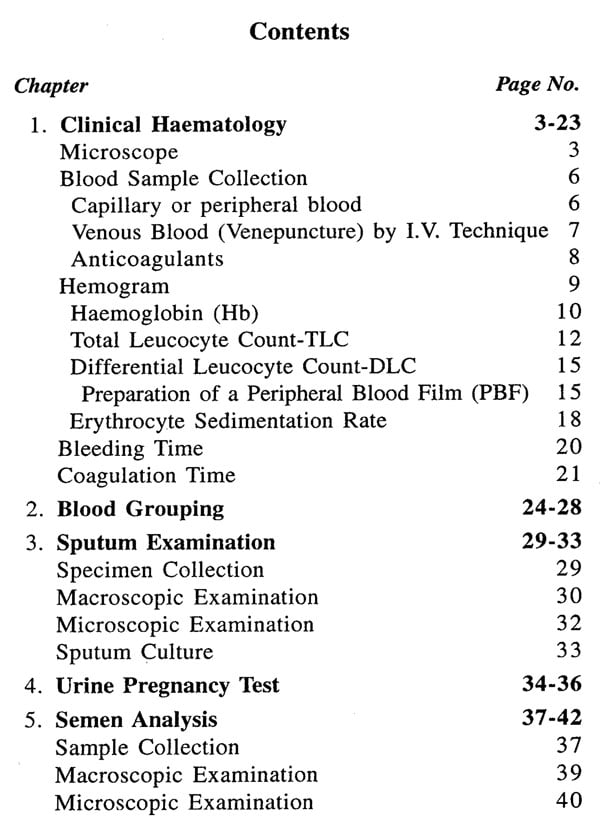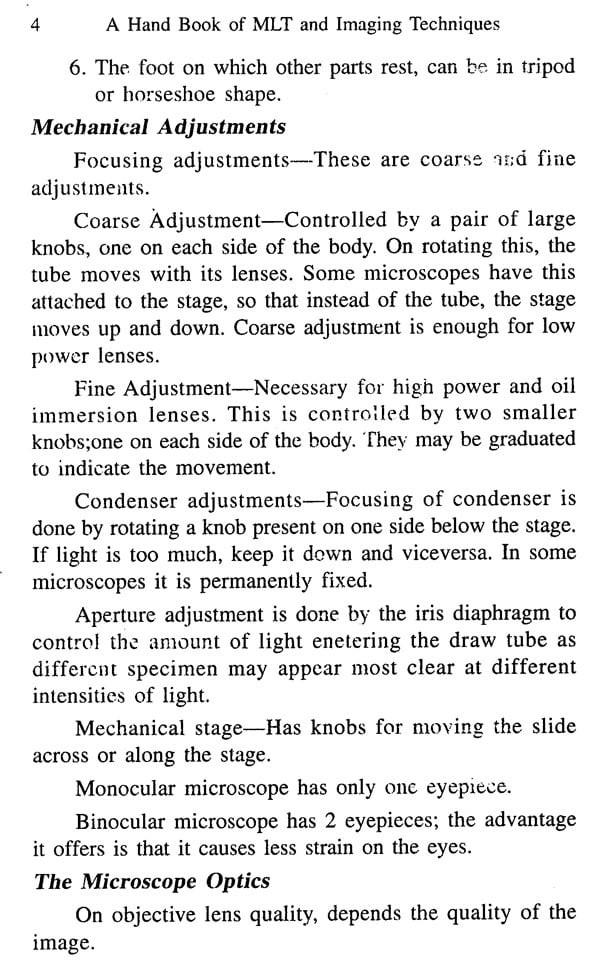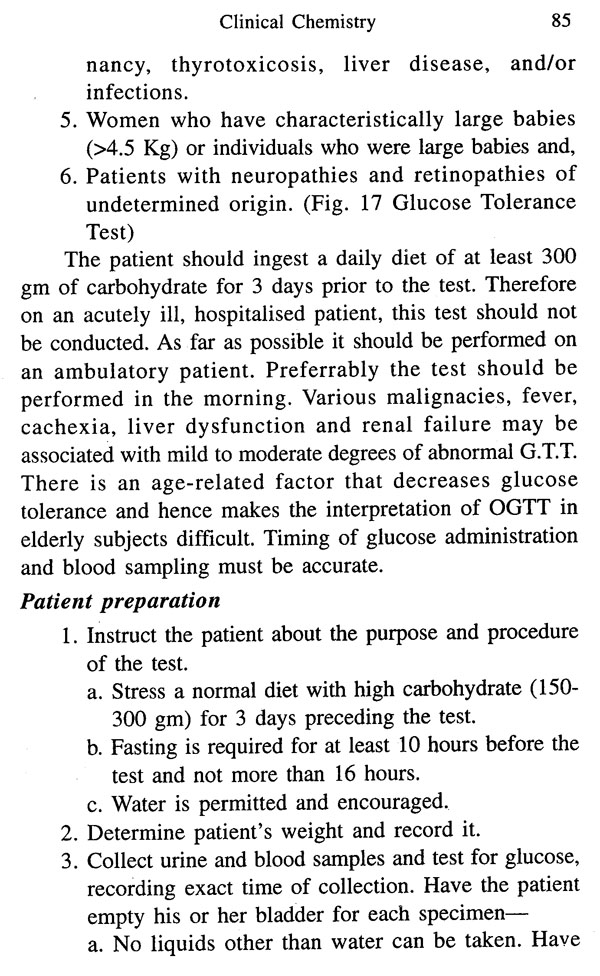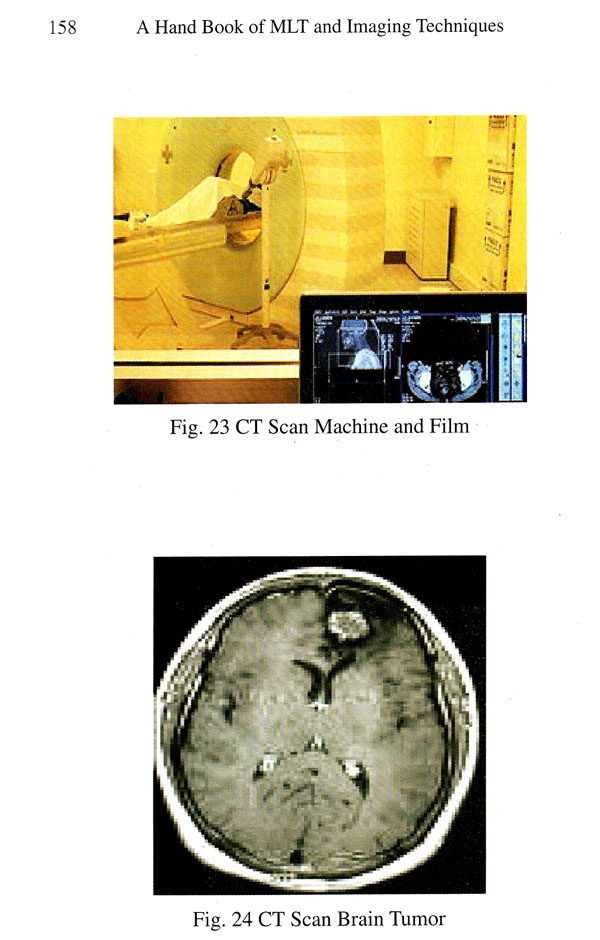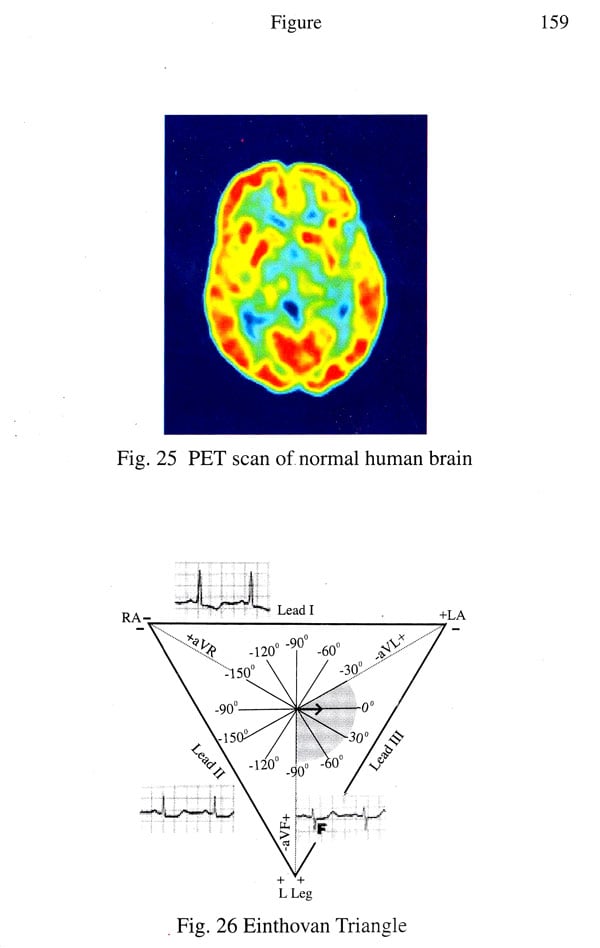
Medical Lab Technology and Imaging Techniques
Book Specification
| Item Code: | NAW324 |
| Author: | Ish Sharma |
| Publisher: | Chaukhambha Visvabharati , Varanasi |
| Language: | English |
| Edition: | 2016 |
| ISBN: | 9789381301005 |
| Pages: | 160 (122 Color and 8 B/W Illustration) |
| Cover: | PAPERBACK |
| Other Details | 8.50 X 5.50 inch |
| Weight | 210 gm |
Book Description
As an international faculty, he has extensive experience in teaching Ayurveda at many countries like Germany, Netherlands, Belgium, Indonesia and Singapore. He is currently serving as the Reader, Department of Roga Nidana at SK Government Ayurveda College and Hospital, Kurukshetra, Haryana.
The present effort is such an effort; covering the Imaging Techniques to make it one stop solution as per the requirement of the practical aspects of the subjects of Roga Nidana and Kriya Sharir. Exlusion of few Ayurveda topics may also render it helpful for the Nursing, MLT, B. Pharm, D. Pharm and DHMS students.
The present effort is such an effort; covering the Imaging Techniques to make it one stop solution as per the requirement of the practical aspects of the subjects of Roga Nidana and Kriya Sharir. Exlusion of few Ayurveda topics may also render it helpful for the Nursing, MLT, B. Pharm, D. Pharm and DHMS students.
Working Protocol in a Pathlab
The laboratory is a potential accident prone place in many ways and warrants a proper code of conduct therein for safety. It should have sufficient space with handy layout and good lighting and water supply/drainage systems. Maximum attention to fire safety and rodent nuisance should be given. Waste disposal, first aid, storage shelves for chemicals etc should be in place. The walls must have quick step instruction posters on first aid for common chemical accidents and reactions. The entry of unauthorized persons can cause serious hazards in many ways so the sample collection area and timings should be strictly implied. The working personnel should be vaccinated against common diseases as tetanus, HIV and Hepatitis. They must always wear a white appron in the lab. Eating and smoking is not allowed inside the pathology lab. Avoid mouth pipetting of the sample/chemicals. Always use gloves of appropriate size and wash hands after the procedures.
All the equipments should be neatly replaced and chemical containers as bottles tightly closed after use. Any accidental spill should be cleansed earliest. Waste disposal should be as per the norms of good laboratory practices. Some biomedical waste management firm can be hired to collect and incinerate the waste as appropriate. Black plastic bin liners should be used for non infective waste, Blue plastic bin liners should be used for infective/sharp waste as needles, syringes, blades etc and Red plastic bin liners should be used for non sharp infective waste as blood/pus swabs, tissues, organs pieces etc.
**Contents and Sample Pages**
